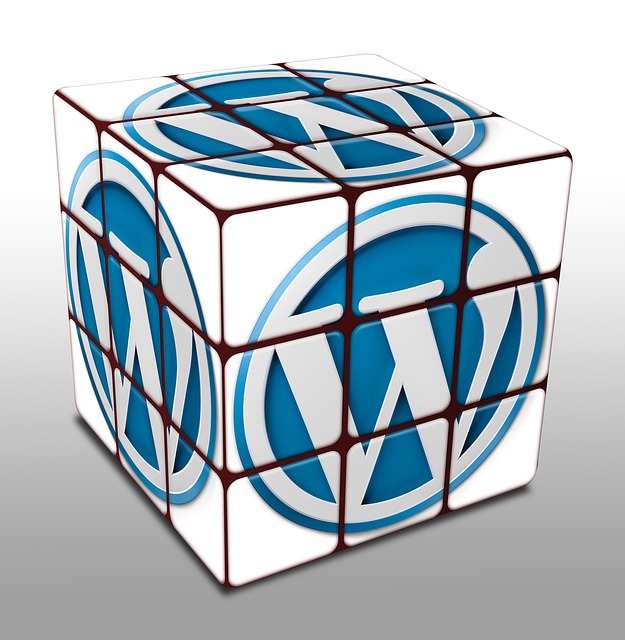Just got back from a beach vacation and I’m ready to tackle the last quarter of the year, are you?
Fall seems to have come really fast this year, but I bet Fall cleaning is coming to mind to prepare for the new season. We should do the same for our online “house” (aka your website), just more often than seasonally. Today is the 1st day of October and a good time to start keeping up your website with regular updates.
Why is updating your site important?
Updating your WordPress site regularly is important to prevent exposure to loopholes that are not closed when updates are available. It is the first step mentioned in this post at our sister site “Easy DIY steps to protect your WordPress site”.
What are WordPress updates?
Updates are additions issued for WordPress, themes and plugins. The purpose is to “plug” the “holes” that hackers could find and exploit, causing trouble for your site. Hackers do this by inserting bad code, spyware or malware. Bad code could “break” and change your site, spyware is software that literally spies on your or site visitor’s behavior on the internet, and malware redirects traffic to the hacker’s own site. When hackers succeed in accessing your site, they create a big mess.
Ultimately, it’s your job, or that of your webmaster, to prevent this from happening. WordPress has made the task fairly easy and in this post we will show you how to perform updates.
Steps to perform WordPress updates
1. Go to: www.(yoursite).com/wp-admin
2. Login into your admin dashboard
3. On the top admin bar, you’ll see a number next to the circle arrows. Click on the number to get an overview of items that need to be updated. This could be for a new version of WordPress (the program that runs your website), plugins (small programs that add functionality to your site) or themes (any design templates downloaded for your site).

You can also access these items from the left sidebar where you’ll see a highlighted number of available updates.

4. Check all items in the plugin list and click Update. Repeat this step for themes.

4. If there is a new version of WordPress, you will see the recommendation to make a backup of your site first. See our post at the sister site on this topic “2 Plugins to backup your WordPress site” to learn more. If you are using a plugin and you don’t have lots of images on your website, don’t worry about making a backup first. The plugin, if set up correctly, has you covered. WordPress updates usually run smoothly, but the reminder is always a good idea, especially when users don’t update their site regularly.

And that is all there is to this step of keeping your site and its content safe! Not so hard eh?
Depending on the number of updates available and the frequency of performing the task, updates usually don’t take more than 15 minutes. To remember to do so, you can set a reminder or schedule the task on your calendar.
Some site owners don’t care to do this (menial, yet important) task and that’s totally understandable. After all, your focus should be on your core service or product and your time is too valuable to spend under the hood of your site. For those of you in that category there are geeks like me, who love to work on the tech part of websites. Want to know more? Check the services page for WordPress maintenance here.
Any questions? Add to the comments below.
